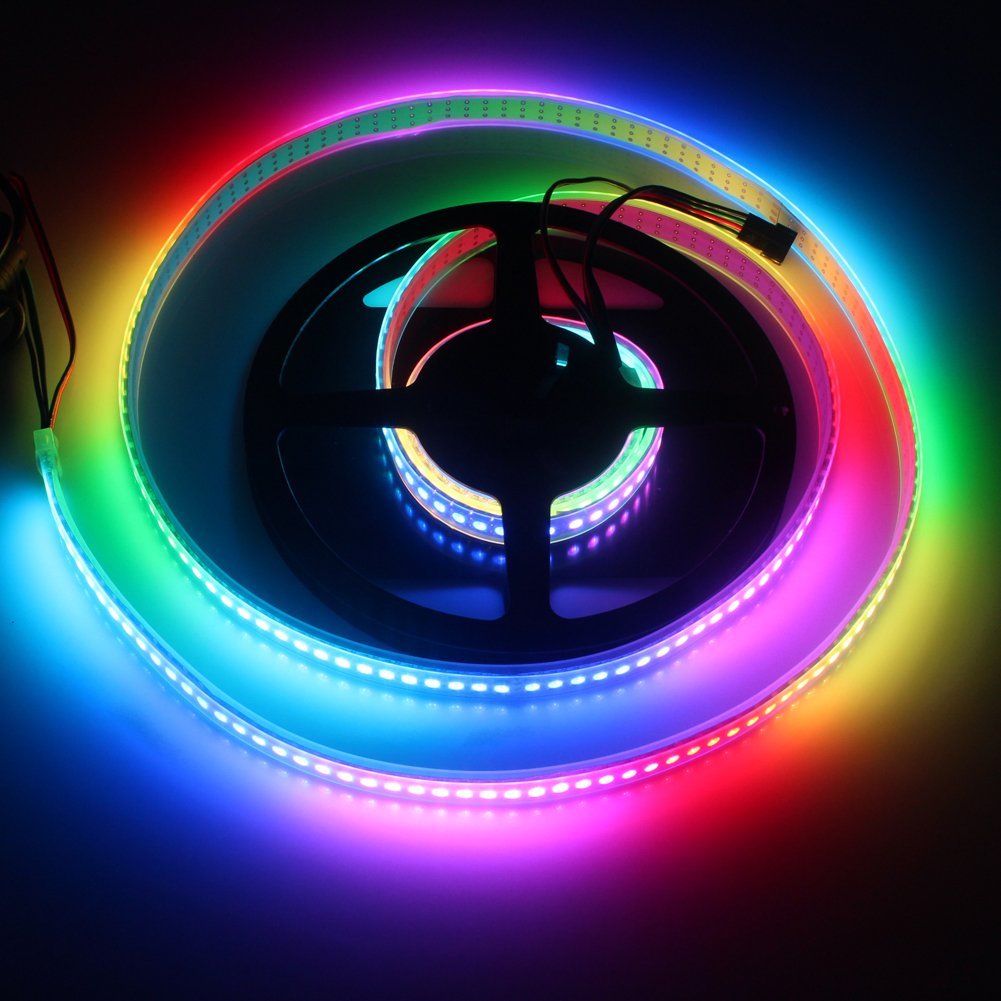
Connect and Control WS2812 RGB LED Strips via Raspberry Pi
The main difference to keep on top of is whether the LED strip runs on 5V or 12V. As our Raspberry Pi Single Board Computer runs at 5V we want to use the 5V WS2812B Strip. Otherwise, we will need to use extra hardware, like a DC-DC Step-Down Module, to accommodate the 12 Volt power requirements. WS2812B LED strips also differ in LED Node densities.
LED Strip connected to Raspberry Pi. How to make it work? led
These two LED strips are very different, but both can be controlled with the Raspberry Pi. After using the latter in a previous tutorial and using it in our Ambilight, this tutorial is about using the Raspberry Pi WS2812 RGB LED Strip. The models WS2812B and WS2811 are also compatible and can be addressed with this guide.

Tindie Blog Unique Raspberry Pi Hardware to Celebrate Pi Day
How to Control an RGB LED Strip with a Raspberry Pi I've previously read several tutorials explaining how to control an RGB LED strip with a Raspberry Pi. Yet they were often vague or even inaccurate. As a result, I've written a brief yet straightforward tutorial explaining how to control an LED strip.

Raspberry Pi LED strip YouTube
Learn Videos How To Use Addressable RGB WS2812B LED Strips With a Raspberry Pi Single Board Computer We are getting our Blinkies Popping Off In HERE ! Our latest UPDATED guide will demonstrate the fastest and most customizable way to have WS2812B LEDs controlled by your Raspberry Pi.

Raspberry Pi Controlling LED Strip Lights (5v) YouTube
Step 1: Install Raspbian OS Using Windows To install Raspbian with windows you will need: Win32 Disk Imager: [ Download] Raspbian OS Lite: [ Zip ], [ Torrent] **IMPORTANT if done wrong you may lose all your data, Please backup your data before continuing** Plug in your SD card into a Card Reader and open My Computer Look for the Drive Letter

Raspberry Pi + PWM RGB LED Strip piday raspberrypi Raspberry_Pi « Adafruit Industries
One simple way to connect the WS2812b to the Raspberry Pi safely is the use a level shifting chip. These also come as little boards for simple projects. This chip will switch the voltage from 3.3v to the 5v needed by the addressable LED strips without damaging the Raspberry Pi GPIO in the process. The wiring is as follows: Raspberry Pi GPIO pin.

How to control a neopixel LED strip with a Raspberry Pi Pico •
We can now go ahead and install the apa102-pi Python package. This package is designed for the Raspberry Pi to handle all the grunt work for talking with and sending data through to the APA102 LED strip. Install the APA102 Python package by running the following command. sudo pip3 install apa102-pi Copy. 4.

How to connect RGB Strip LED Lights to Raspberry Pi Zero W and control from Node.js
Full Article - https://core-electronics.com.au/guides/raspberry-pi/fully-addressable-rgb-raspberry-pi/We are getting our Blinkies Popping Off Today ! Our la.
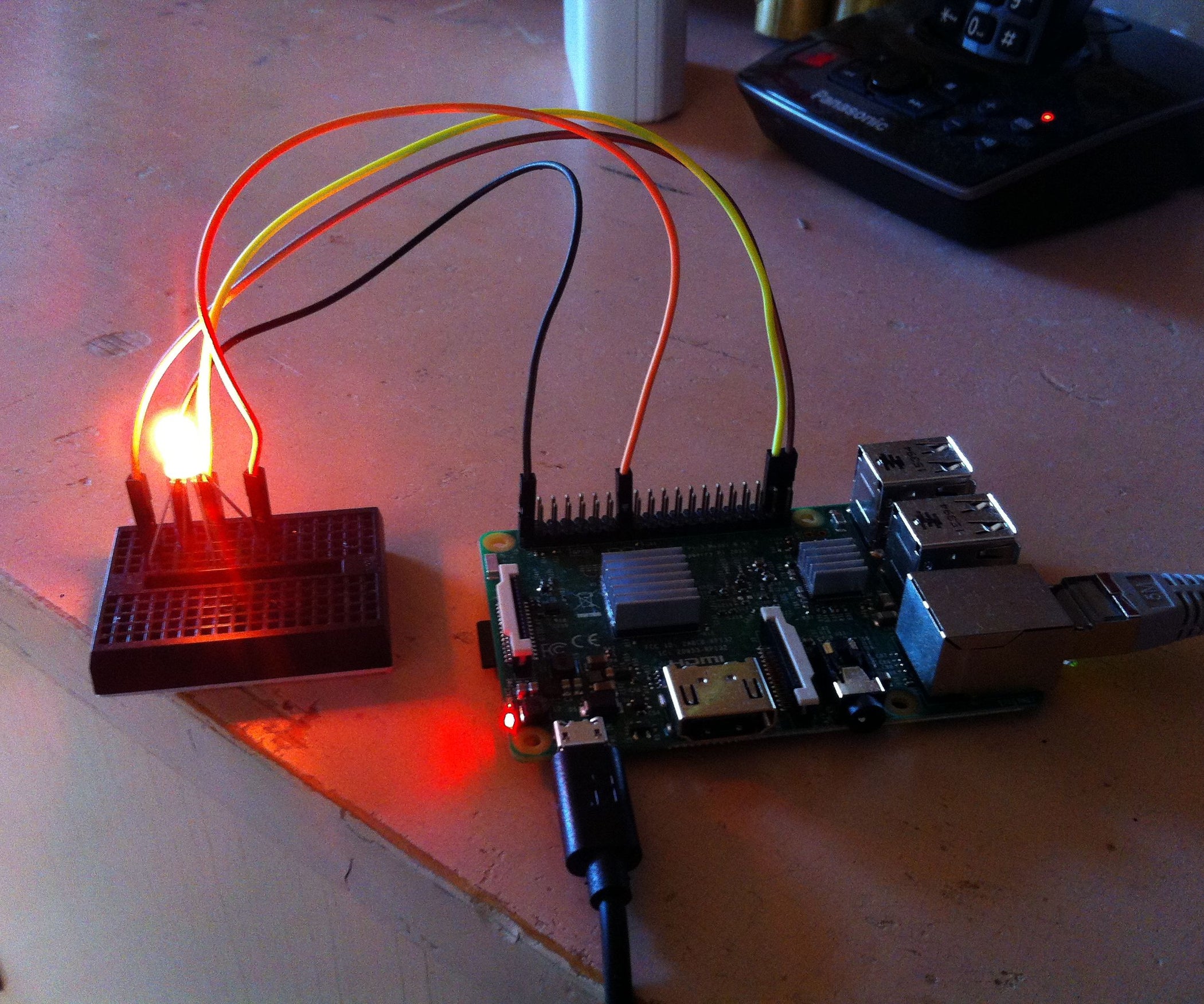
Raspberry Pi 3 RGB LED Color Effect With PWM 4 Steps Instructables
RGB Strip Software Grab the software and follow the instructions on that page for getting the Pi able to output to SPI. Do install spidev. It's important that you use the hardware SPI because any bit-banging approach won't be fast enough. sudo raspi-config to enable hardware SPI (follow instructions at git page).

Neopixels LED Strip with Raspberry PI 3 YouTube
The trick is using the Raspberry Pi's little-documented Secondary Memory Interface. The SMI hardware allows the Pi to shift out data to 8 or 16 I/O pins in parallel using direct memory access.

Raspberry Pi Controlling RGB LED Strip Lights (12v) (Updated) YouTube
Setting up a new raspberry pi to be used in remote situations can be "cumbersome" because, instead of plugging in a keyboard, mouse, and monitor, and using a GUI, we'll be using wifi and.

LED strip and RGB LED software Raspberry Pi LED Spectrum Analyzer Adafruit Learning System
How to power loads of LEDs with a single Raspberry Pi Pico - Raspberry Pi How to power loads of LEDs with a single Raspberry Pi Pico 14th Jan 2022 Ben Everard 5 comments Lovely Ben from HackSpace magazine shows us how to power up to 26 strips of NeoPixels from a single Raspberry Pi Pico.
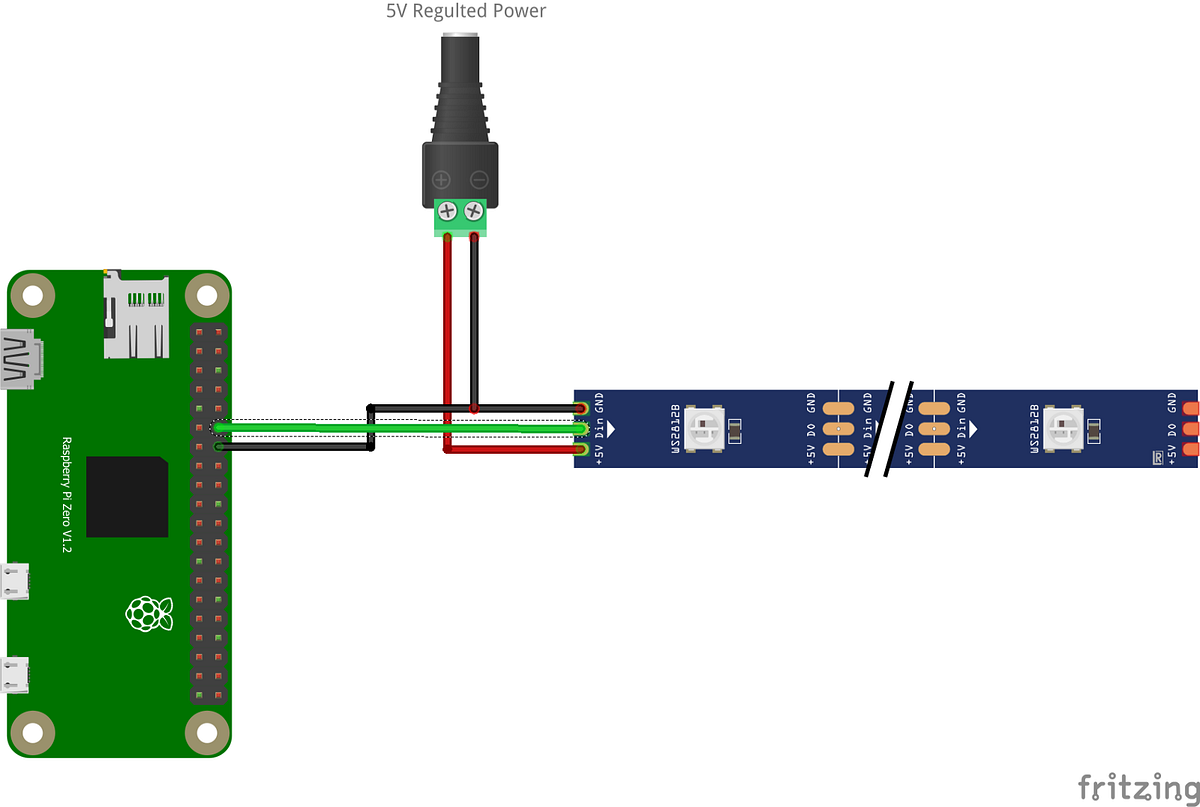
Configuring and Programming a Raspberry Pi to control an LED strip by Gregg Larson Medium
Step 1: Required Materials and Supplies 1 x Raspberry Pi ( I used a Pi 2 Model B) MicroSD card Something to power your Pi (USB cable and AC power adapter) 1 x USB WiFi adapter OR an Ethernet Connection 1 x USB to Serial Cable - https://www.sparkfun.com/products/12977 1 x GPIO breakout - https://www.sparkfun.com/products/13717
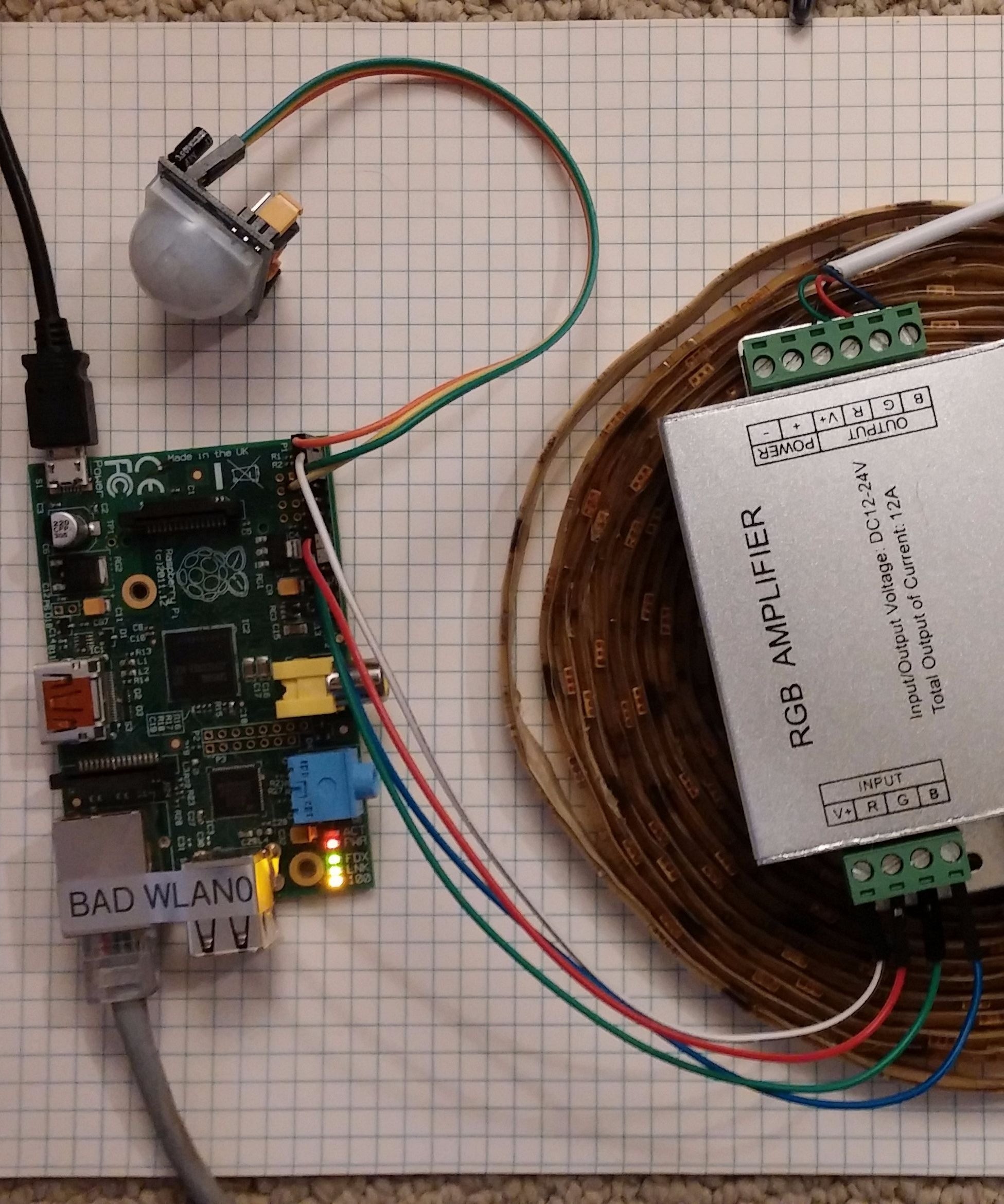
Easiest RGB LED Strip With Raspberry Pi! Instructables
Method 1: Using MOSFET and PiGPIO. You will need the following materials: Three-pin RGB LED strip with one pin for the 12-volt DC. A breadboard - this is where you will plug all the components. Jumper cables that you will use for the relevant connections. Ensure it has male and female wires.

China Raspberry Pi RGB LED Strip Manufacturers, Factory Customized Raspberry Pi RGB LED Strip
Introduction I've already read a lot of tutorials explaining how to control a RGB LED-Strip with a Raspberry Pi. However, these were often unspecific, too technical, or even incorrect. Because of this I've written a short but simple tutorial explaining how to control a LED-Strip. This does not require much effort and even laymen should do it.

Pin on Raspberry Pi Electronics Projects
GPIO pins can be used to control individual LEDs. The board can also control LED strips—some of which offer individual LED control. Table of Contents. 1 - Set up and use MicroPython. 2 - Control the on-board LED. 3 - Control a separate LED. 4 - Control a LED strip. 5 - Add your LEDs to a project.